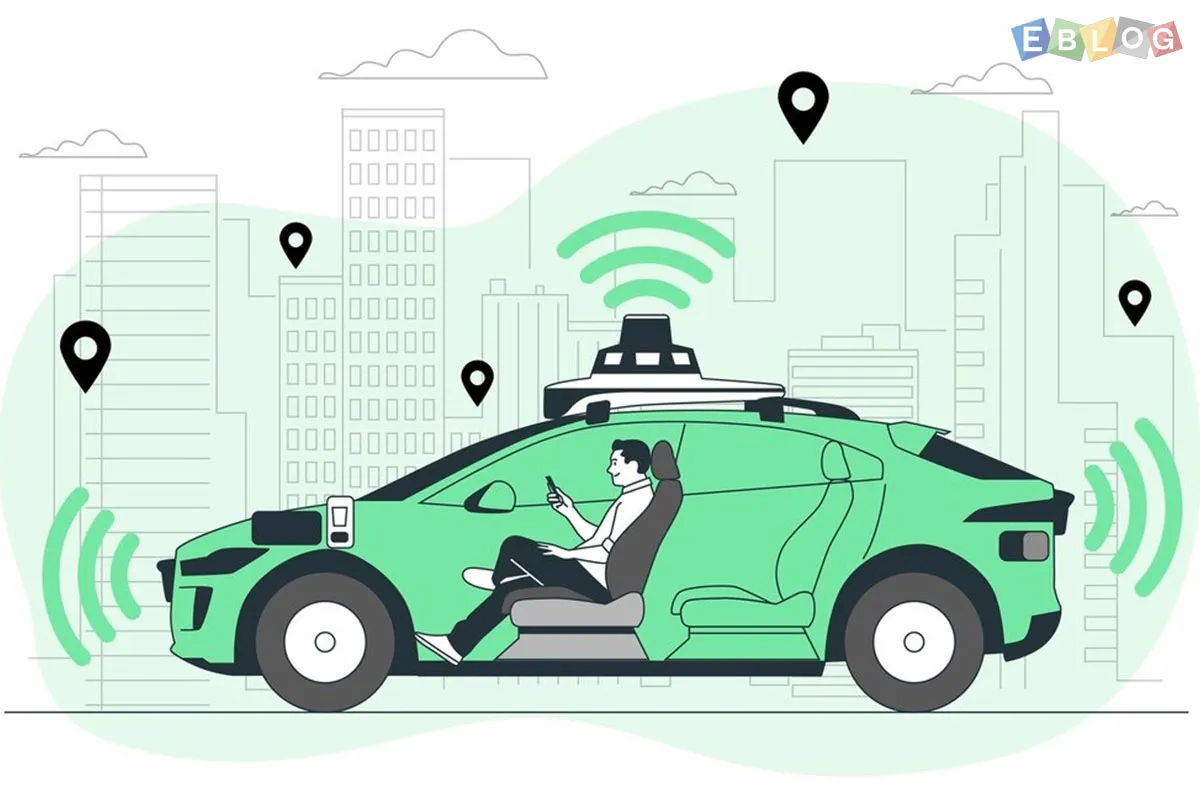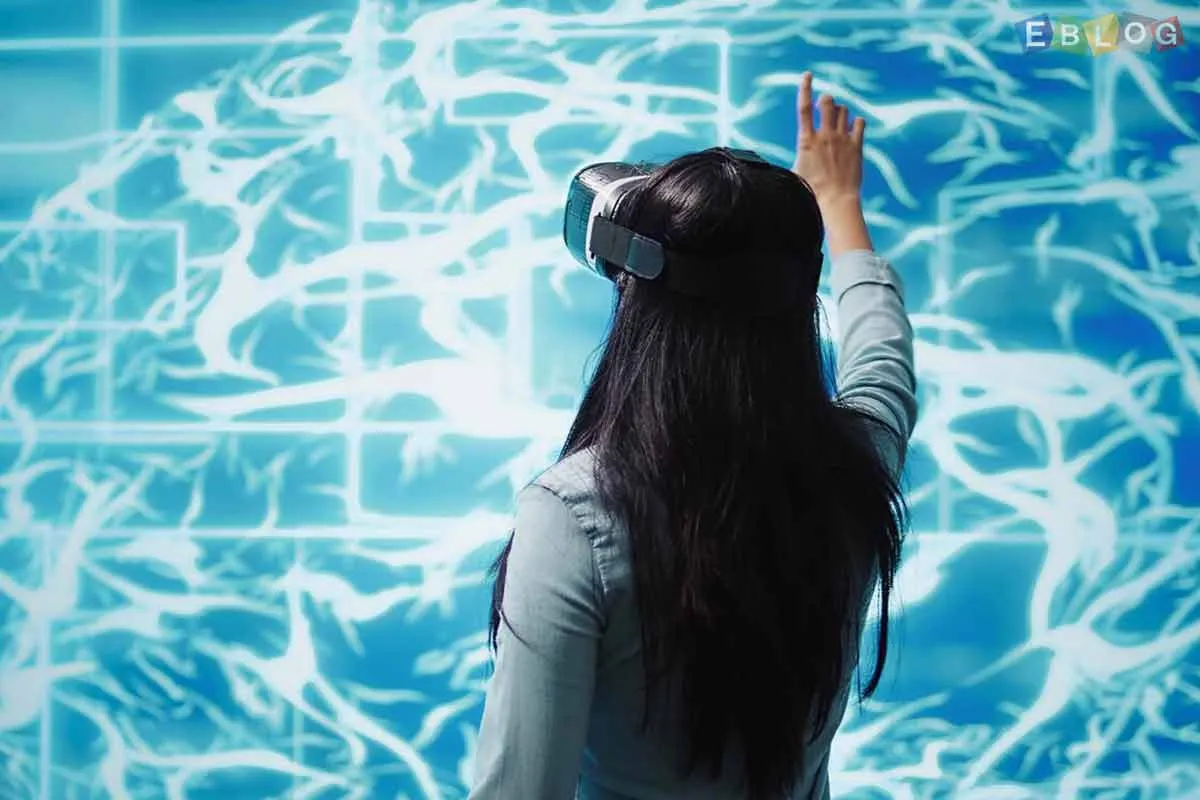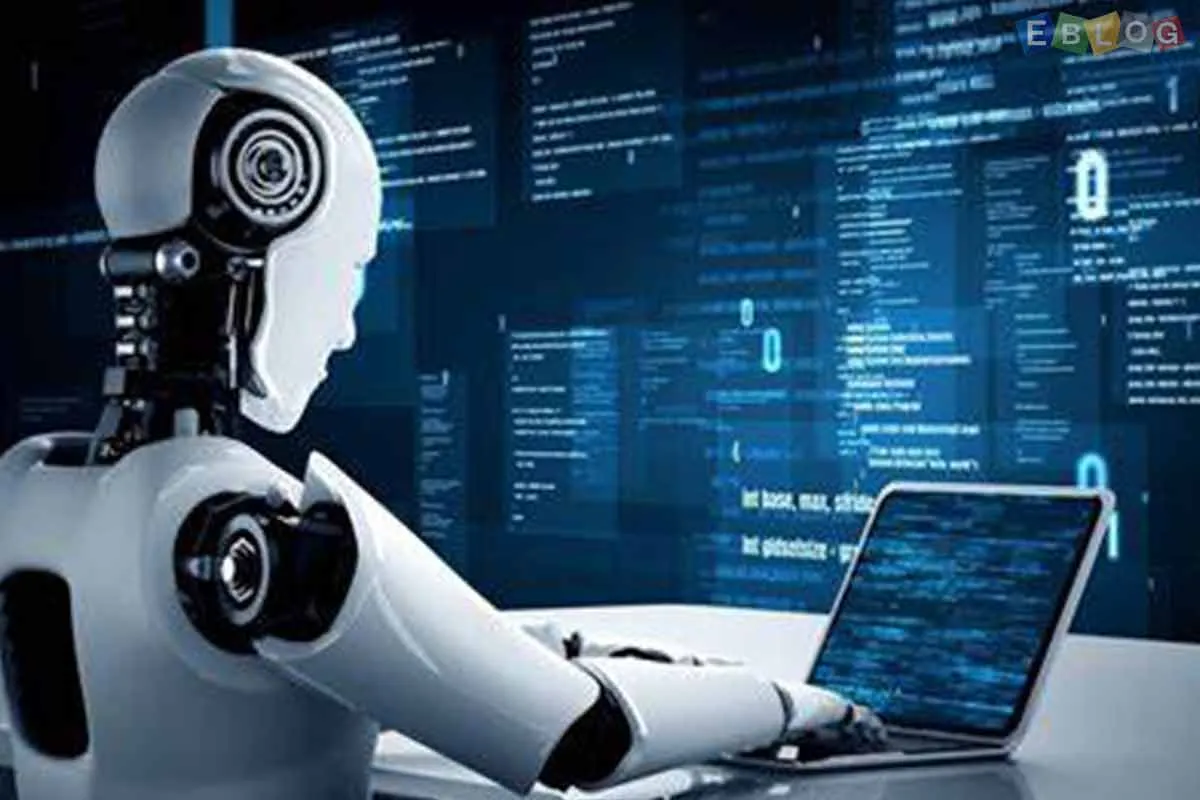
Self-Driving Cars: The Future of Transportation and What It Means for Us
- 05 Nov, 2024
- Tech
- 531 Views
- 0 Comments
Self-driving cars, also known as autonomous vehicles (AVs), are no longer just a futuristic concept—they are quickly becoming a reality. With advancements in artificial intelligence (AI), machine learning, and sensor technology, autonomous vehicles are poised to revolutionize the way we travel, work, and live. While there is still much to learn and refine, the rise of self-driving cars promises to reshape the transportation landscape in profound ways. But what exactly does this mean for society, and how will it impact our daily lives?
1. How Self-Driving Cars Work
Before diving into the broader implications, it’s important to understand how self-driving cars operate. At their core, autonomous vehicles rely on a combination of sensors, cameras, radar, and sophisticated AI algorithms to navigate the world around them.
Key Technologies Behind Self-Driving Cars:
a. Sensors and Cameras: These allow the car to “see” its environment, detecting obstacles, road signs, pedestrians, and other vehicles.
b. Radar and LIDAR: These technologies enable the car to detect objects at a distance, even in low visibility conditions like fog or heavy rain.
c. AI and Machine Learning: The car’s brain is its AI system, which processes vast amounts of data in real-time to make decisions, such as when to speed up, slow down, or stop.
d. Mapping and GPS: Self-driving cars rely on detailed maps and GPS to navigate specific routes, avoiding roadblocks and following the rules of the road.
With these technologies working in tandem, self-driving cars can operate safely and efficiently, often with less human input than traditional vehicles.
2. The Impact on Transportation: A Safer Future?
One of the most exciting aspects of self-driving cars is their potential to reduce road accidents and save lives. According to the National Highway Traffic Safety Administration (NHTSA), over 90% of traffic accidents are caused by human error. Self-driving cars could significantly reduce the number of accidents by eliminating human mistakes, such as distracted driving, fatigue, or impaired driving.
Key Benefits:
a. Reduction in Accidents: Autonomous vehicles can respond faster than humans, avoiding potential collisions and reacting to hazards more effectively.
b. Fewer Traffic Fatalities: With fewer accidents and more precise control over driving, self-driving cars could lead to a significant reduction in fatalities.
c. Improved Road Safety: Self-driving cars will follow traffic rules strictly, which could reduce instances of speeding, running red lights, or reckless driving.
While the technology isn’t perfect yet, the promise of safer roads is one of the strongest arguments in favor of autonomous vehicles.
3. Changing the Way We Live and Work
Beyond improving road safety, self-driving cars have the potential to change many aspects of our daily lives, especially in the way we commute and how we think about transportation.
Work-Life Balance:
a. Productivity During Commutes: Without the need to focus on driving, passengers in self-driving cars can use their travel time to work, read, relax, or even take a nap. This could lead to a shift in how we view our commute—transforming what is currently an unproductive use of time into a valuable opportunity for multitasking.
b. Ridesharing Services: Autonomous vehicles could revolutionize ridesharing services like Uber or Lyft. With no need for a driver, the cost of rides could drop, and vehicles could operate more efficiently, reducing the number of cars on the road.
Urban Planning:
a. Smarter Cities: Self-driving cars may help reduce traffic congestion, especially in urban areas. With vehicles able to communicate with each other (vehicle-to-vehicle communication), they could coordinate to avoid bottlenecks and reduce traffic jams.
b. Reimagining Parking: The need for parking spaces in urban areas could drastically decrease, as self-driving cars could drop passengers off at their destination and park themselves in less crowded areas. This might free up valuable space in cities for parks, residential areas, or commercial developments.
4. Environmental Benefits: Reducing Emissions and Fuel Consumption
Self-driving cars are often associated with the potential to reduce fuel consumption and carbon emissions. While autonomous vehicles will still rely on energy (electric or otherwise), the efficiency of self-driving systems could optimize fuel use and reduce unnecessary emissions.
How Autonomous Vehicles Can Help the Environment:
a. Optimized Driving: AI algorithms can optimize driving patterns—such as acceleration and braking—leading to more efficient fuel consumption. This could reduce the overall carbon footprint of transportation.
b. Increased Adoption of Electric Vehicles: Many autonomous vehicles are also electric or hybrid, meaning they could further reduce emissions compared to conventional gasoline-powered cars.
c. Smarter Traffic Flow: Autonomous cars can communicate with traffic signals, adjusting their speed and routes to minimize fuel waste from idling or congestion.
While there are still challenges ahead in terms of vehicle energy sources, the combination of autonomous driving and green energy technologies could make transportation more sustainable in the future.
5. The Economic Impact: Job Displacement vs. Job Creation
The rise of self-driving cars will undoubtedly have economic implications, especially in industries related to transportation. While many jobs might be at risk, such as those in the trucking, taxi, and delivery industries, the shift to autonomous vehicles could also create new opportunities in other sectors.
Job Displacement:
a. Truck Drivers: Self-driving trucks could disrupt the freight industry, eliminating the need for long-haul truck drivers. While this could lead to job losses in the trucking sector, some experts argue that new types of employment will emerge as a result.
b. Taxi and Rideshare Drivers: As self-driving cars replace human drivers in taxis and ridesharing services, millions of driving jobs could be displaced, requiring workers to transition to new industries or roles.
Job Creation:
a. AI and Software Development: The demand for AI specialists, software developers, and cybersecurity professionals will grow as self-driving technology evolves.
b. New Industries: Autonomous vehicles may give rise to entirely new industries related to autonomous fleets, vehicle maintenance, and regulatory compliance.
The key to managing these changes will be upskilling workers and providing opportunities for retraining in emerging fields.
6. Challenges to Overcome: Regulation, Ethics, and Public Trust
Despite the promise of self-driving cars, there are still significant hurdles to overcome. Some of the key challenges include:
a. Regulation and Legislation: Governments around the world will need to create and implement laws that govern the use of autonomous vehicles. This includes safety standards, insurance requirements, and road regulations.
b. Ethical Dilemmas: Self-driving cars will need to make ethical decisions, such as how to react in accident scenarios. Developing algorithms that make ethical choices will be one of the major challenges of the technology.
c. Public Trust: Many people are still wary of autonomous vehicles. Building trust in their safety and reliability will be crucial to widespread adoption.
7. Conclusion: A New Era of Transportation
Self-driving cars are set to transform transportation as we know it, bringing with them a host of benefits, from increased safety and efficiency to reduced environmental impact and reshaped cities. However, the transition to autonomous driving will also require overcoming technological, regulatory, and social challenges. As we move toward this new era, it’s clear that the future of transportation holds exciting possibilities—but it will require careful planning and collaboration to ensure that these advancements benefit everyone.
The road ahead may be long, but the arrival of self-driving cars marks the beginning of a new chapter in the evolution of transportation—and it’s a journey that could change the world.















Leave a Reply